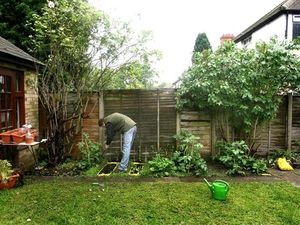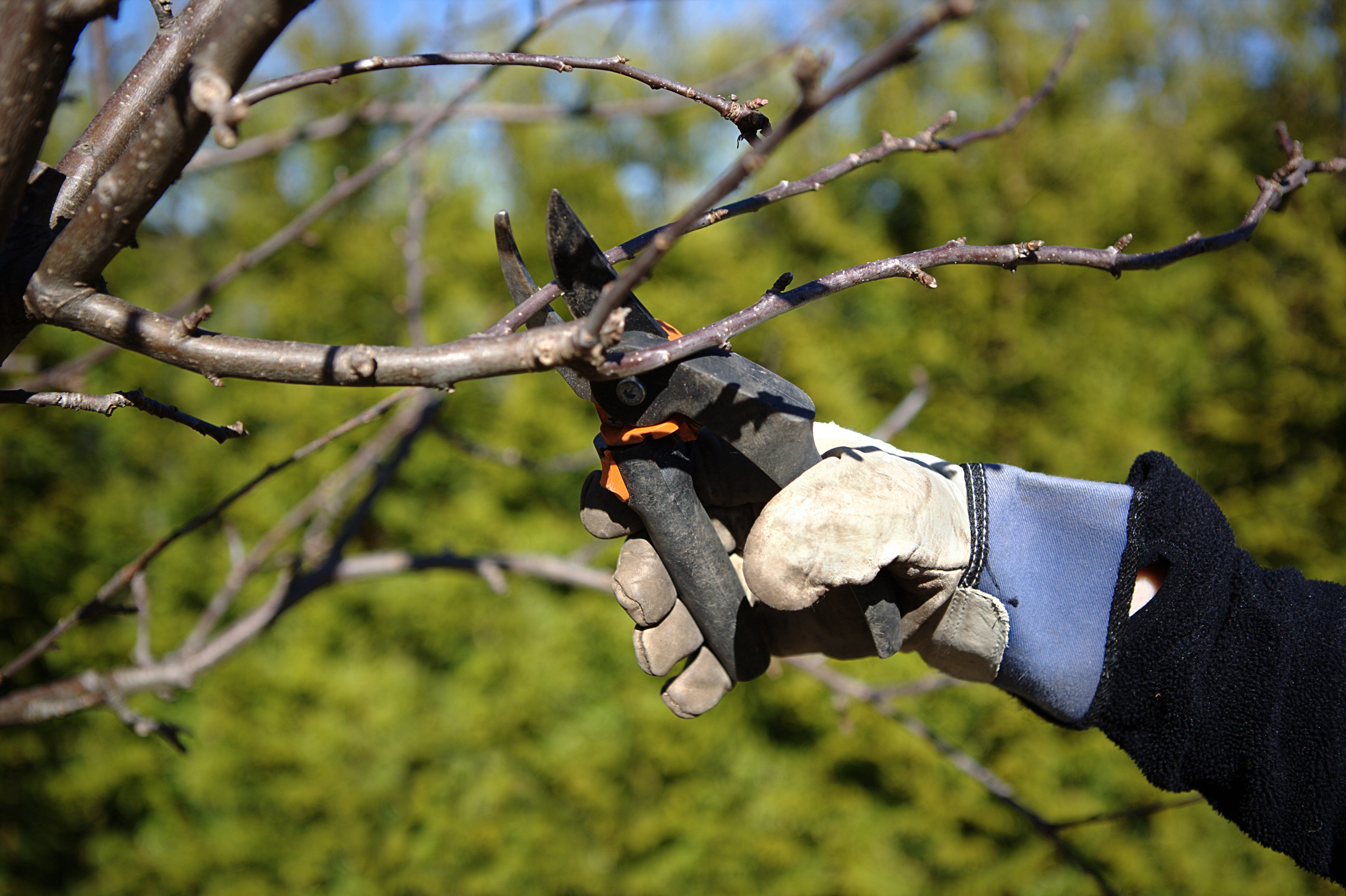Life on the inside: 10 quick ways to keep your garden tidy
Gardening expert Louise Golden reveals quick and simple tasks to keep the garden green while on lockdown.

If you’re working from home or self-isolating and want to get into your garden, your lunch hour should provide ample time to make a start on those spring tasks.
Louise Golden, resident gardening expert at Dobbies Garden Centres (dobbies.com), has put together some quick and simple jobs that can be completed within that golden hour, still giving you plenty of time for a cuppa and a sandwich…
1. Get pruning

Prune summer flowering shrubs such as buddleia, lavatera and hardy fuchsias now to allow for fresh new growth bearing this year’s flowers.
Early flowering shrubs such as forsythia can be pruned once flowering has finished if it’s getting too big for the space.
2. Sow some seeds

Sow brightly coloured hardy annuals such as poppies, nigella, centaurea and calendula in gaps where they are intended to flower. Check for any unused packets in the shed which are still within their use or seed collected from last year; they won’t fail to lift the spirits.
An easy way to sow hardy annuals for a natural look is to mix your seed with a little sand and scatter in drifts through the border. Using your garden fork simply scratch the surface to settle the seed into the soil. This is a great way to sow wildflower seed for a meadow feel, even in the smallest of spaces, providing a valuable nectar source for bees and pollinating insects.
For beginners, an alternative method is to sow in drills, making a shallow groove or V-shaped ‘drill’ in the soil. As a general rule of thumb, the smaller the seed, the shallower the drill should be. Once your seeds are sown in the drill, carefully push the soil in from both sides to cover them. Sow thinly to allow enough space between each seed to avoid overcrowding. Finish by gently firming the soil before, and water using a fine rose attachment so as not to displace the seed.
3. Prepare for next spring
Lift clumps of snowdrops while still ‘in the green’, divide into smaller bunches before replanting to the same depth in their new positions and look forward to an even bigger display come next winter.
As daffodils start to fade, remove spent flowers but leave the foliage to die back naturally.
This will focus all the energy back into the bulb for the following year.
4. Show your lawn some love

If mild enough, and the lawn is showing signs of growth, give it the first light cut of the season, keeping blades on their highest setting.
Tidy lawn edges using a half-moon edging iron, or alternatively a sharp spade.
Scarify lawns with a spring-tine rake to remove old thatch and debris from the winter, which will be starving the lawn of light and air. This is also a good way to get some aerobic exercise.
5. Give your cottage garden space
Lift and divide any cottage garden plants that have outgrown their allotted space. Splitting also helps re-invigorate tired plants where flowering has diminished.
Insert plant supports around any existing clumps already bursting into spring growth.
If you don’t have any metal supports to hand, use bamboo canes and garden twine or foraged pea sticks for a natural look.
6. Secure climbers

Climbing plants are bursting into growth now. Tie in any wayward stems of climbing roses and ramblers, positioning stems near to horizontal to encourage lots of flowers along their length.
Cut back stems of autumn flowering clematis to the lowest pair of strong buds. Mulch with garden compost if you have some to hand.
7. Feed the birds

Take a little time to continue to look after wildlife by going around your garden filling up your bird feeders with seed and keeping your birdbaths topped up.
8. Do some weeding

Weeds will be starting to appear in beds and borders with the warming temperatures.
The easiest way to control them is to hoe them off, applying a thick layer of mulch over the surface with organic matter to help keep any further weeds at bay.
A few minutes of weeding during your lunch hour will save you a lot of time in the long run.
9. Give your fence a refresh
Spend half an hour a day painting or staining your garden fence, if you’ve sufficient paint or stain in your shed.
Depending on the size of your fence, it may be that you can get the job done, start to finish, in your lunch break, but for bigger areas of fencing, make a schedule of work to complete it.
10. Upcycle your pots
Instead of throwing away household goods, think about giving them a second lease of life outdoors.
Teapots, wellies, food jars and tins – all of them can serve as quirky substitutes for plant pots.
Packaging, such as tin cans and plastic pots, are useful containers for indoor or outdoor plants.





